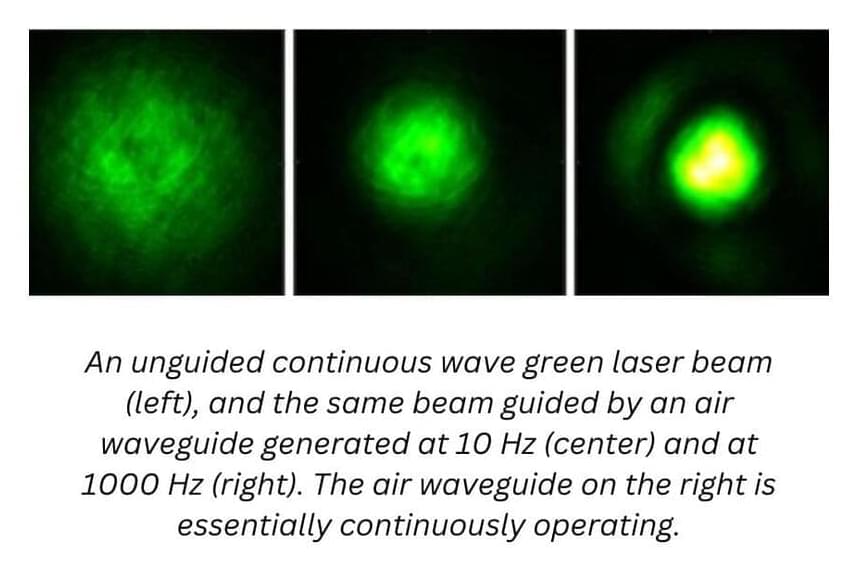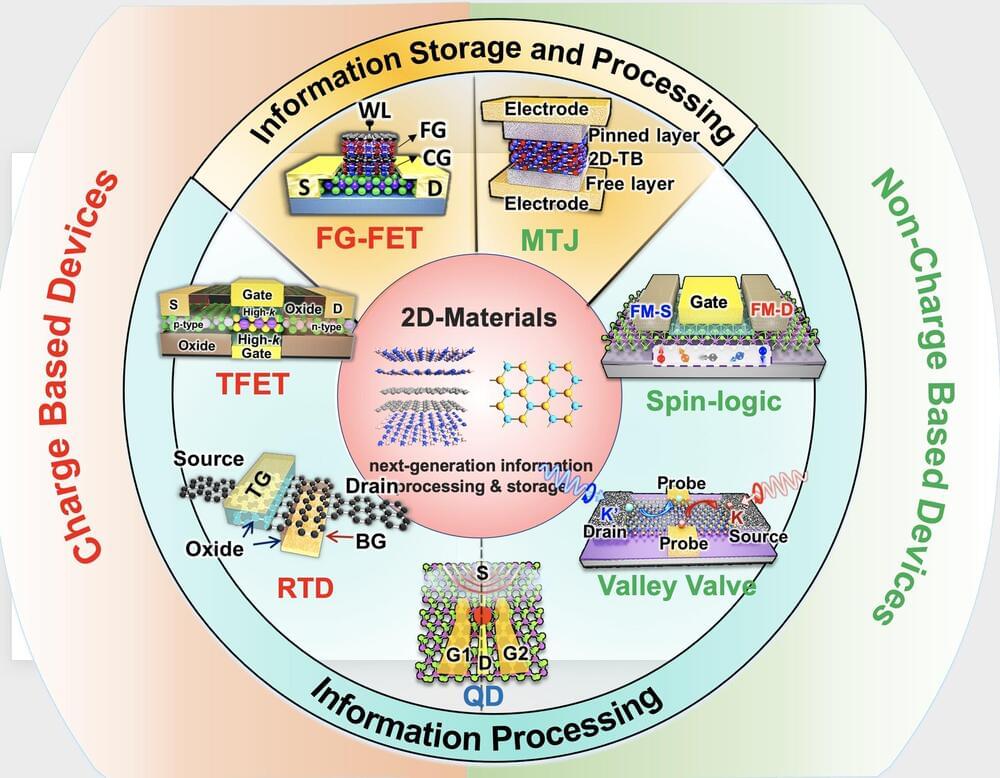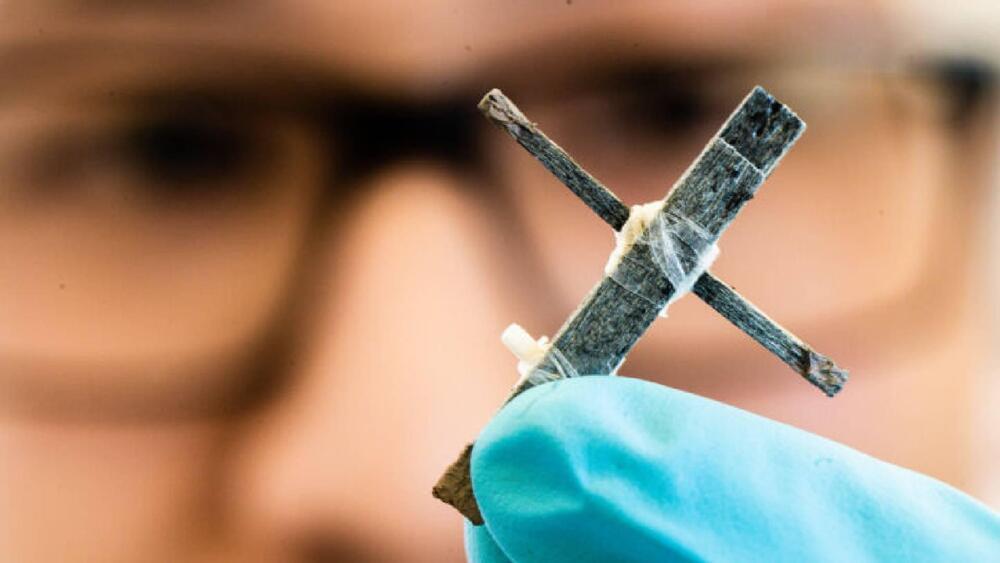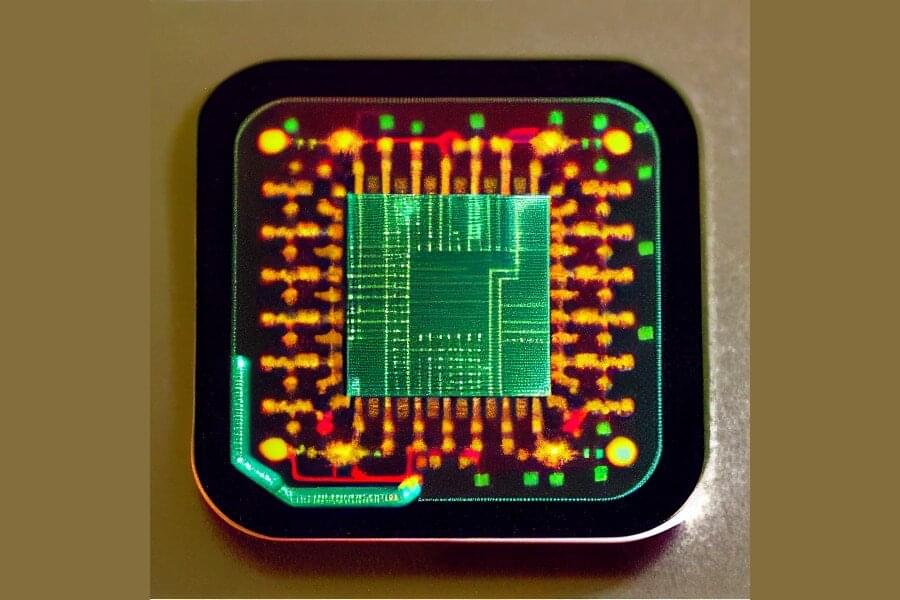Great, until the mention of “directed energy”…
Researchers at the University of Maryland (UMD) have demonstrated a continuously operating optical fiber made of thin air.
The most common optical fibers are strands of glass that tightly confine light over long distances. However, these fibers are not well-suited for guiding extremely high-power laser beams due to glass damage and scattering of laser energy out of the fiber. Additionally, the need for a physical support structure means that glass fiber must be laid down long in advance of light signal transmission or collection.
Howard Milchberg and his group in UMD’s Departments of Physics and Electrical & Computer Engineering and Institute for Research in Electronics & Applied Physics have demonstrated an optical guiding method that beats both limitations, using auxiliary ultrashort laser pulses to sculpt fiber optic waveguides in the air itself.








